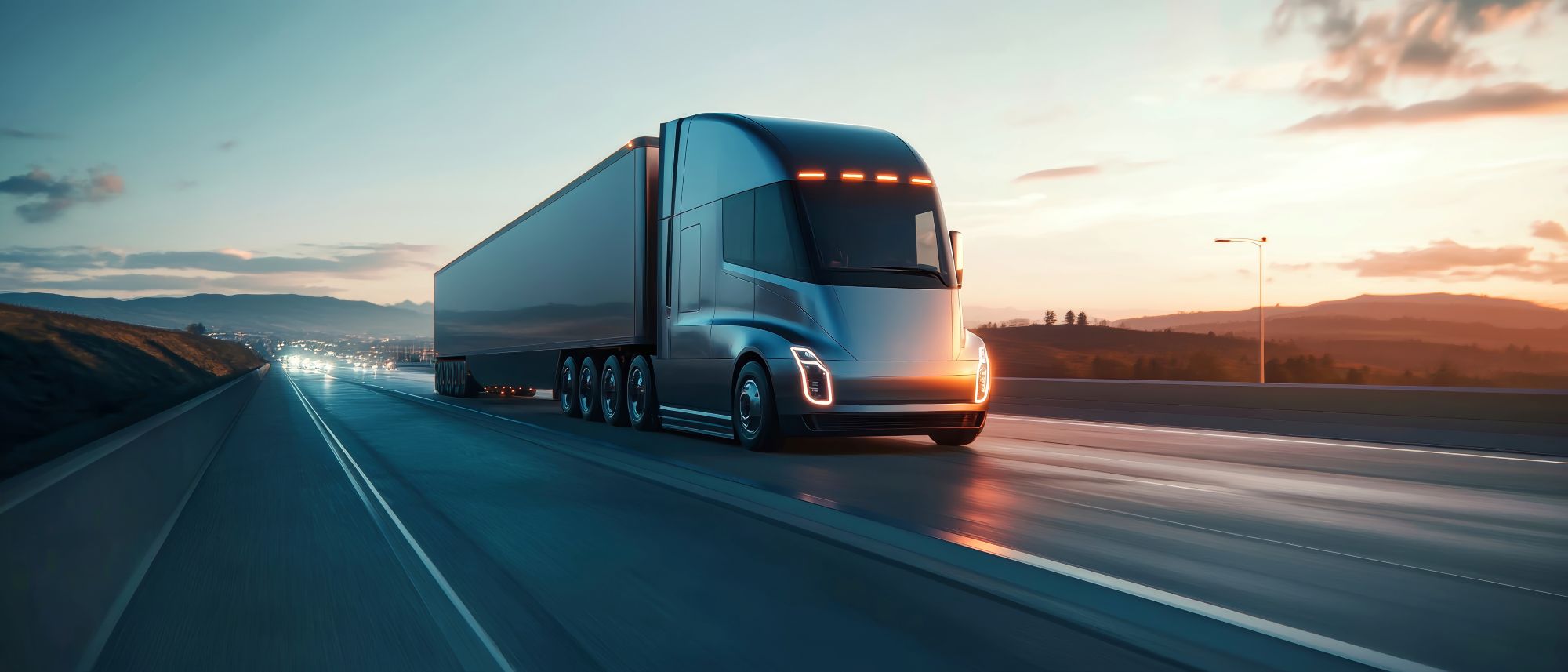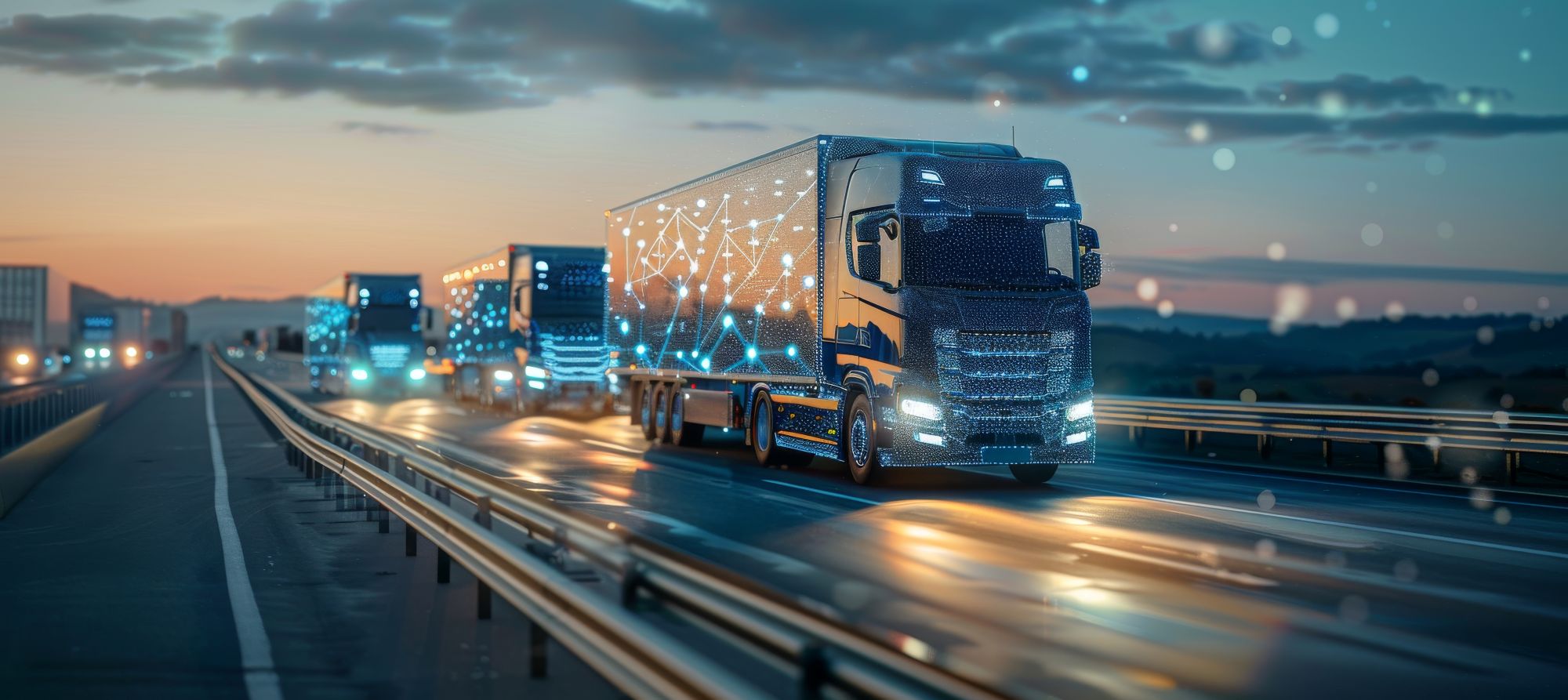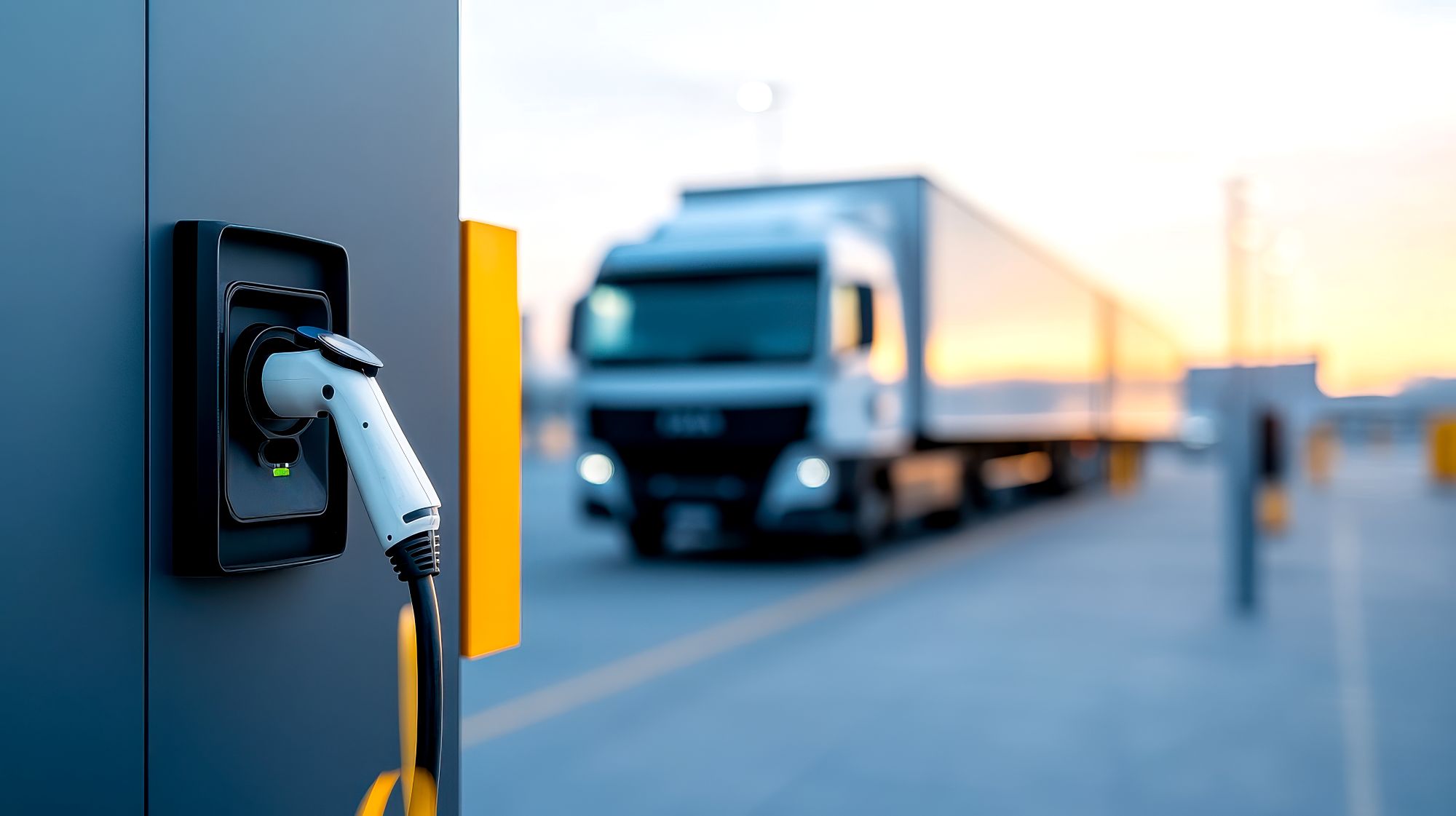
Guest
Are fleets shifting to autonomous vehicle integration?
Created: 28/08/2025
•
Updated: 28/08/2025
The buzz around self-driving cars isn’t as loud as it used to be, but it remains a constant noise in fleet managers’ ears. The United Kingdom government has moved autonomous vehicle integration pilot plans to 2026, renewing interest in the technology. Will decision-makers ignore the noise or embrace early adoption?
What does autonomous vehicle integration entail?
Autonomous vehicle integration involves embedding self-driving technologies like artificial intelligence, light detection and ranging (LiDAR), and high-definition cameras into commercial fleets. On a broader scale, it entails introducing self-driving cars into existing public transportation systems.
Driver assistance systems include collision avoidance, automatic speed adjustment, lane-centring, adaptive cruise control and intelligent ride-hailing. Partial and conditional automation leverage more advanced technologies to enable hands-free operation under certain circumstances.
Level 4 and 5 automation are top priorities for automakers but challenging to implement in practice because engineers must account for countless edge cases. Even with advanced AI, perfecting parking and preventing collisions can be difficult. What if the pavement markings are barely visible or a child runs into the road? Adoption hinges on the car’s reaction.
Are fleets shifting to autonomous vehicle integration?
According to the Centre for Connected & Autonomous Vehicles, transport secretary Heidi Alexander confirmed the U.K. government will accelerate self-driving commercial pilot plans and aim for Spring 2026. The move could create nearly 40,000 jobs and add £42 billion to the U.K. economy by 2035.
The country’s new automated vehicle legislation is among the most robust worldwide, laying the groundwork for widespread commercial adoption. Technological maturity is the only remaining hurdle.
In an interview with McKinsey & Company, Sascha Meyer — the CEO of German automotive technology company MOIA — said predicting autonomous vehicle integration timelines has been challenging. In 2016, her enterprise MOIA believed driverless vehicles would proliferate throughout Europe by 2021.
Since then, Meyer has realised adoption entails designing an entire ecosystem, not just driving functions. The new timeline sees self-driving cars in European cities by 2030 at the earliest. The engineers at MOIA are designing the prototype to exceed mandated redundancies. This way, they will be ready to operate commercially once the relevant legislation passes.
Factors driving driverless vehicle adoption
Delivery, taxi, utility, and commercial fleets are seeing an uptick in driver assistance systems and intelligent automation. However, the penetration rate remains relatively low, especially considering how long the technology has existed. What are their plans for autonomy?
Increased efficiency is among the main reasons fleet managers are embracing automation. Unlike humans, driverless vans can operate around the clock. With telematics systems, they can optimise driving and minimise idle time to improve fuel efficiency and expedite trips.
AI is immune to human error, eliminating harsh braking and distracted driving. It cannot become fatigued and does not have blind spots. These improvements could help reduce road collisions and car accidents, which can mitigate costly workers’ compensation claims and potentially lower insurance costs.
Cost savings are another contributing factor. At Level 4 and 5, owners can optimise labour expenses and compensate for driver shortages. Moreover, electric driverless cars with vehicle-to-grid capacity can reduce operating costs by nearly 20% over 30 years, helping offset the upfront investment.

Factors delaying driverless vehicle adoption
Aside from waiting for driverless technology to mature, fleet owners are delaying adoption due to high upfront costs. Embedding LiDAR, AI and telematics into every truck is expensive. Buying new instead of retrofitting is equally pricey. Even if cost savings could be found, technology is moving quickly — their investment may quickly become outdated.
Safety is another concern. Photo-eye sensors are standard-issue in most modern garage doors. They stop the door from closing on objects, cars or people, and are used throughout the industry in car washes and automotive assembly lines. While some automakers utilise camera-only systems, engineers have had to pioneer new solutions. Today, many use LiDAR, global navigation satellite systems and ultrasonic sensors.
However, even the most advanced systems are fallible. It is not enough to make automated cars perform as well as people — they must succeed where human drivers fail.
Sensors have existed for years, but engineers have not perfected them yet. They may fail in edge cases or unfamiliar scenarios. Level 3 cars only work on premapped, divided highways in clear weather. Given that the U.K. experienced 150 days of precipitation in 2021, they may be too unreliable for adoption at scale.
How the UK can prepare for autonomous vehicles
Autonomous vehicle integration may be moving slowly, but it is on track to reach its destination within the next decade. According to Goldman Sachs research, up to 10% of new cars sold worldwide could be Level 3 vehicles by 2030. It forecasts that Level 2 — those requiring driver supervision — will increase from 20% of sales in 2025 to 30% in 2027.
Managers should consider the scope and cost of autonomous fleet integration to determine whether early adoption is right for them. It will likely result in long-term savings, but waiting may be more rewarding because it allows time for technological advancement. If the cost-benefit analysis is unconvincing, they should consider incrementally upgrading as cars fail.
Those who proceed with adoption must develop operation, storage, security and upgrades policies. These rules should vary depending on the automation level. For instance, drivers of Level 3 lorries should be required to pay full attention to the road to take control if necessary.
Educating employees on their role is essential for successful implementation. Volkswagen Financial Services research found six in 10 people consider themselves better drivers than autonomous vehicles, so they are unlikely to overestimate the driverless system’s capabilities. However, they should still receive explicit training on best practices and habits to avoid.
The future of autonomous fleet integration in the UK
Self-driving machines are hard at work in ports and warehouses across Europe. Automating highway vehicles is more challenging because they are not on a fixed track. Also, they must account for variables like weather and other motorists. Geofencing, telematics and AI are accelerating adoption by making the unpredictable predictable. At the very least, these solutions enhance response times and mitigate human error, demonstrating that these previously unproven technologies are just as capable as human motorists.
For now, full automation that eliminates the need for human attention remains theoretical. However, hands-free driving is a reality, and driverless systems could soon become standard issue in commercial fleets. As automakers perfect driving functions, fleet owners should prioritise route mapping, driver management and maintenance scheduling.

Discover more from Renovated Magazine.



